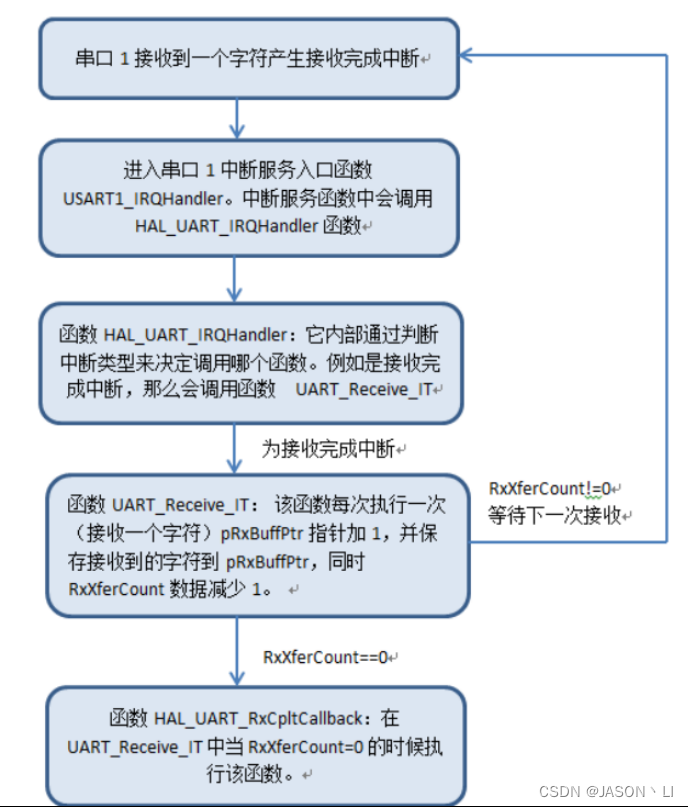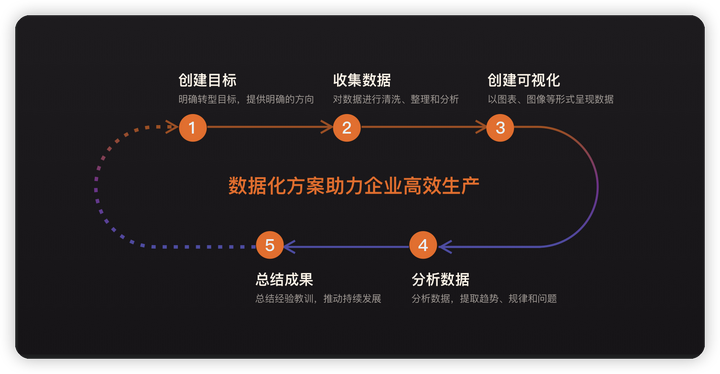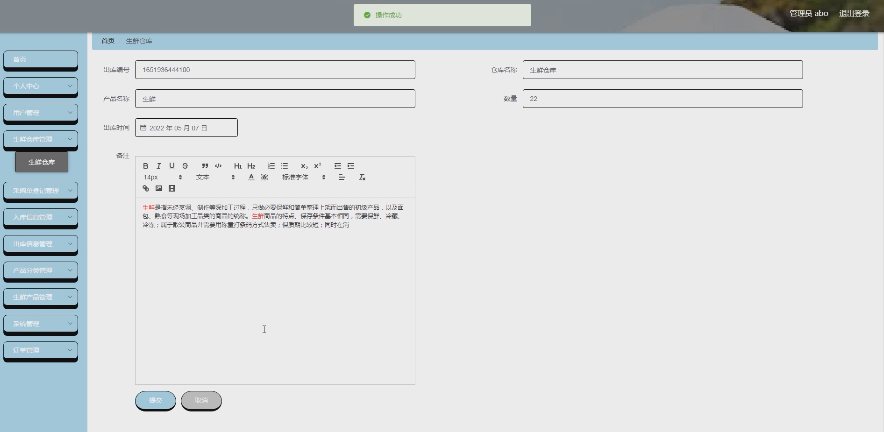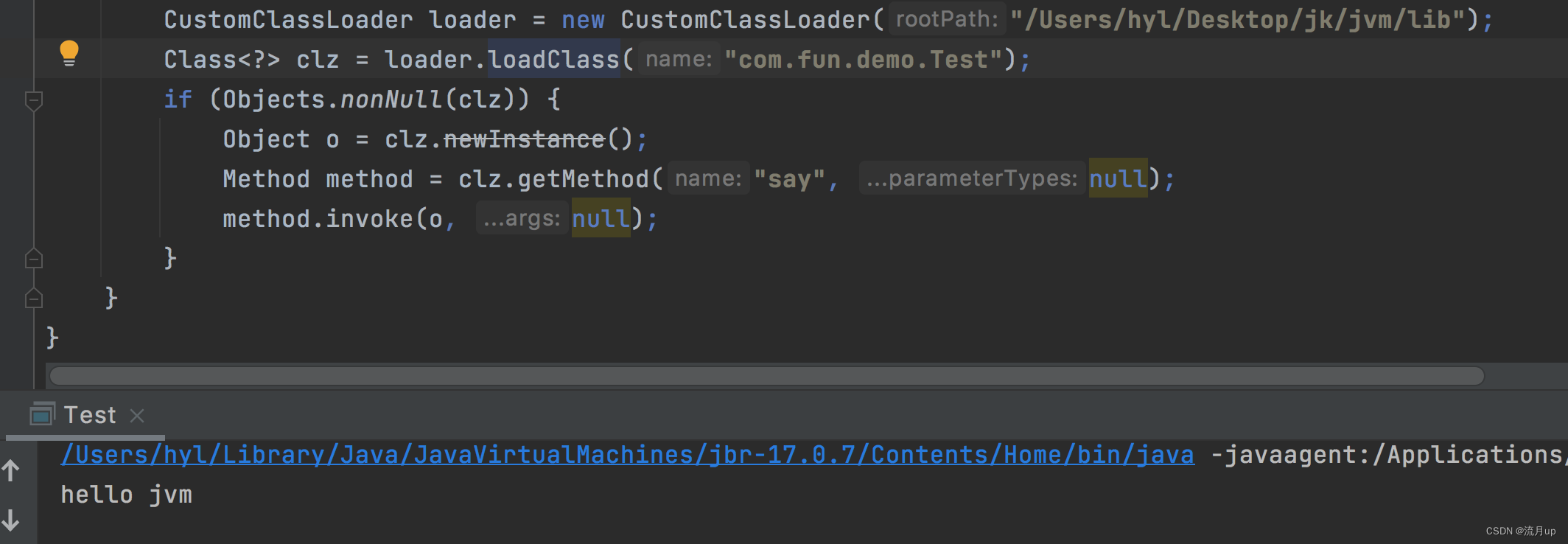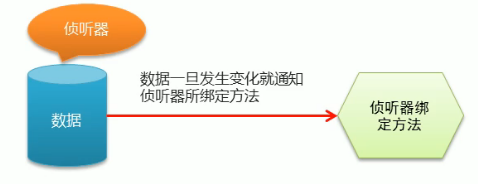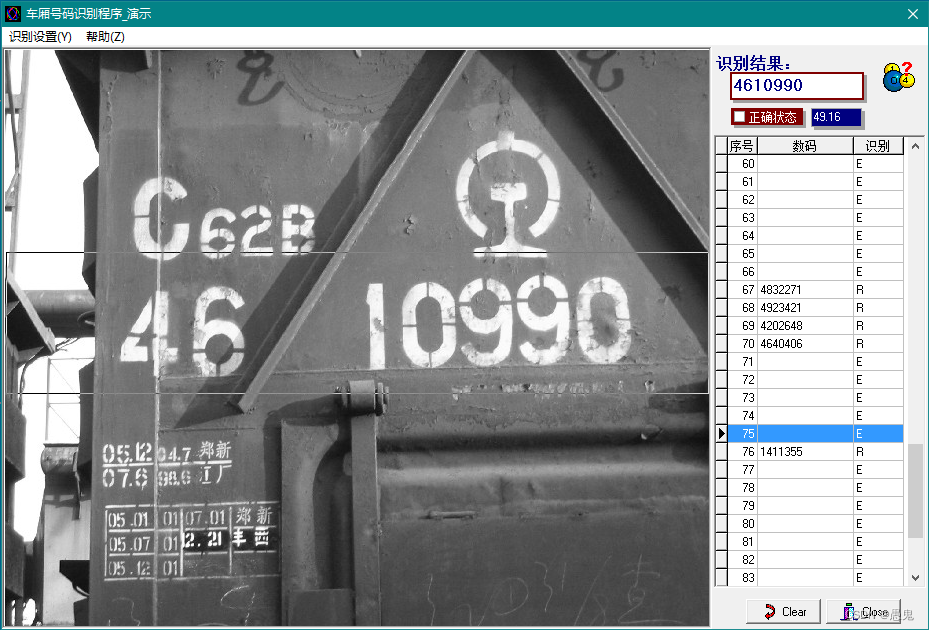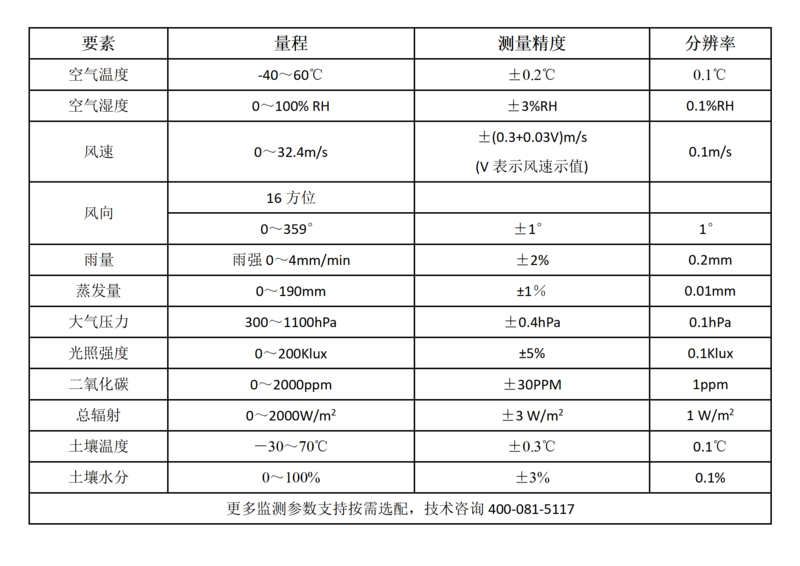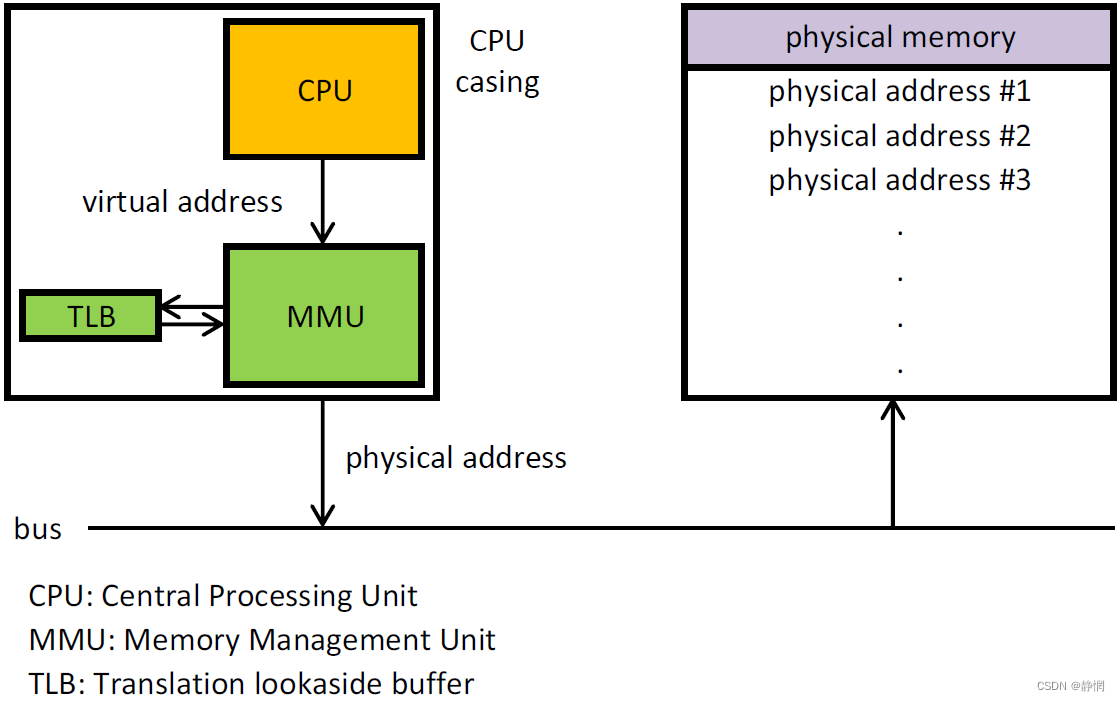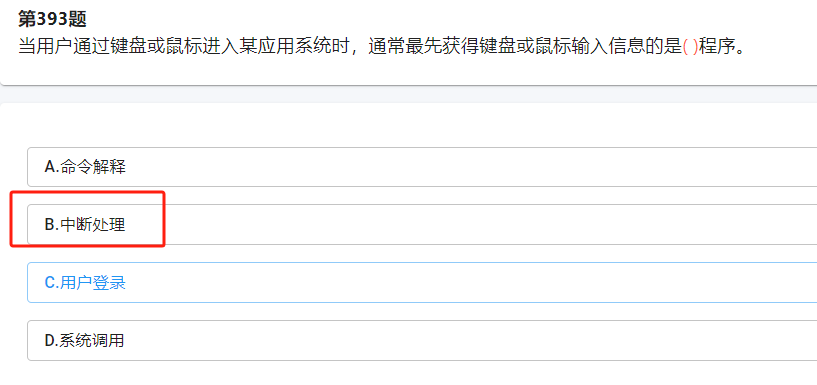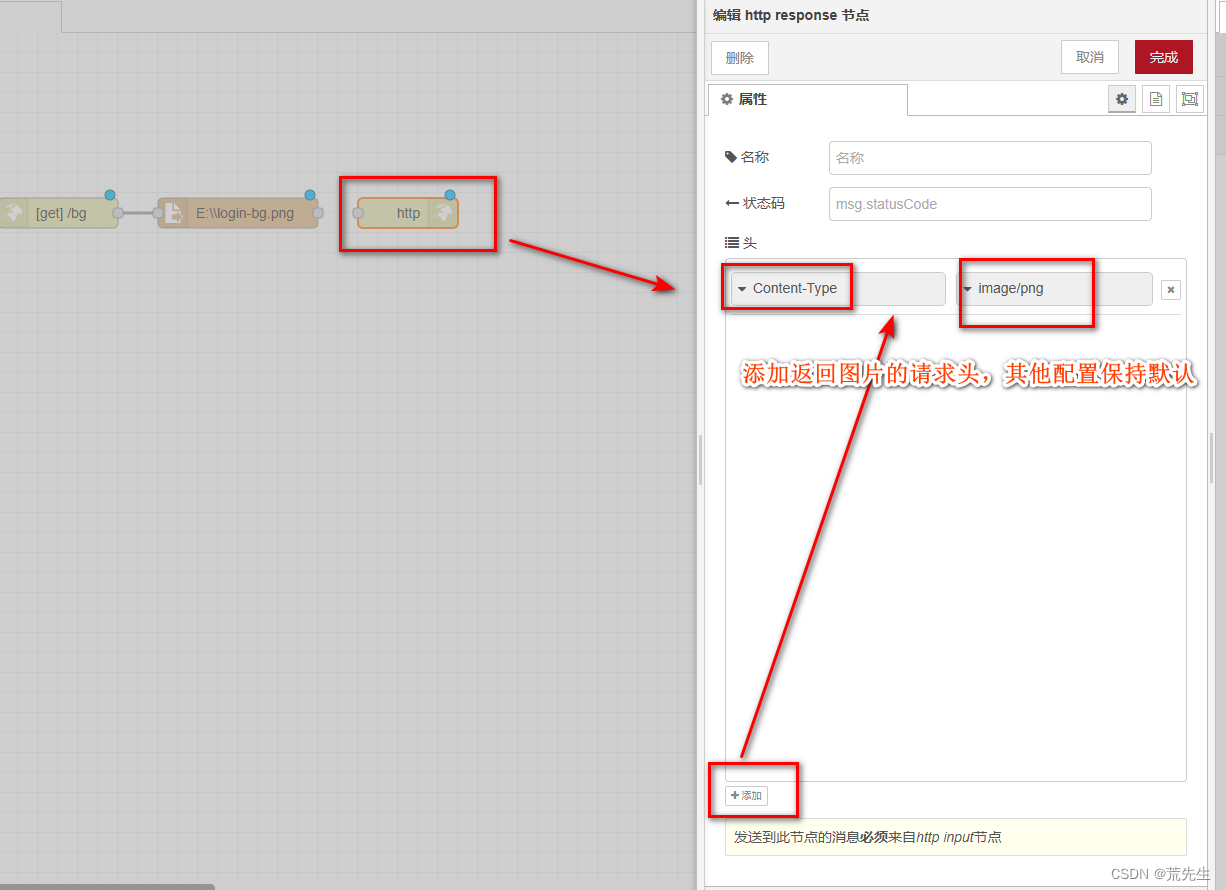数据结构 | 队列的实现
文章目录
- 数据结构 | 队列的实现
- 队列的概念及结构
- 队列的实现
- 队列的实现
- 头文件,需要实现的接口
- Queue.h
- 初始化队列
- 队尾入队列【重点】
- 队头出队列【重点】
- 获取队列头部元素
- 获取队列队尾元素
- 获取队列中有效元素个数
- 检测队列是否为空
- 销毁队列
- Queue.c
队列的概念及结构
- 队列:只允许在一端进行插入数据操作,在另一端进行删除数据操作的特殊线性表,队列具有先进先出
FIFO(First In First Out) - 入队列:进行插入操作的一端称为队尾 出队列:进行删除操作的一端称为队头

队列的实现
- 队列也可以数组和链表的结构实现,使用链表的结构实现更优一些,因为如果使用数组的结构, 出队列在数组头上出数据,效率会比较低。
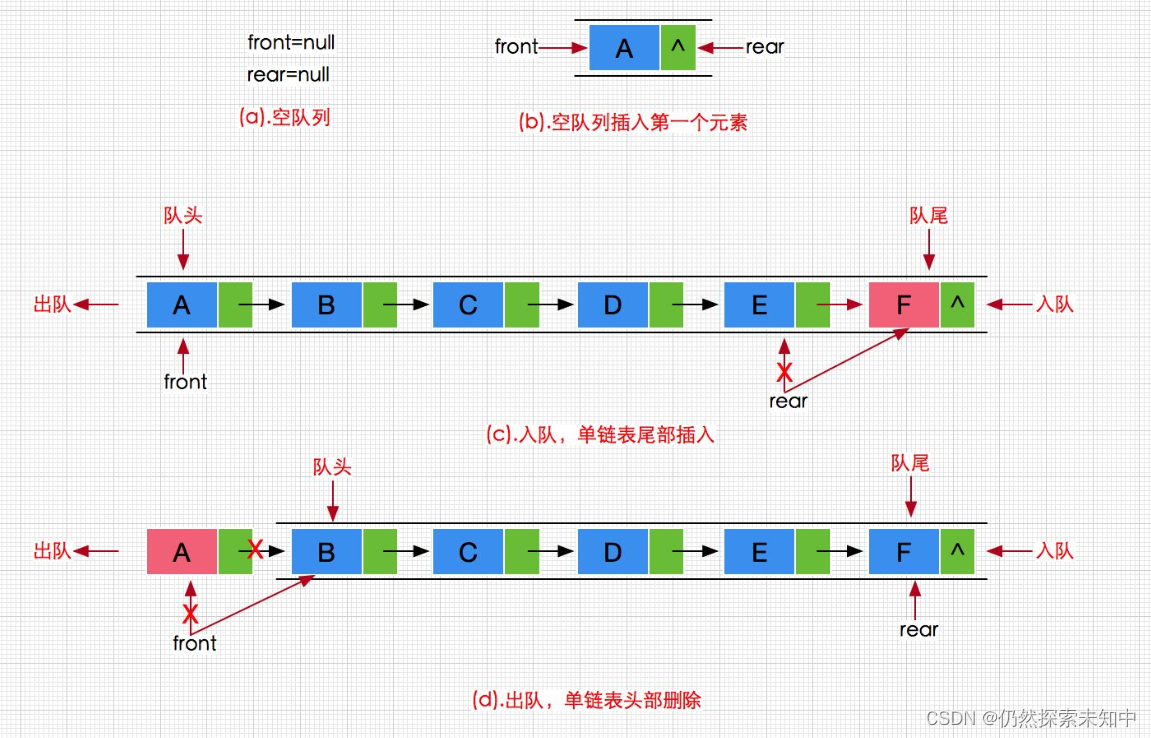
队列的实现
头文件,需要实现的接口
Queue.h
#pragma once
#include<stdio.h>
#include<assert.h>
#include<stdlib.h>
#include<stdbool.h>
typedef int QDataType;
typedef struct QListNode
{
QDataType val;
struct QListNode* next;
}QNode;
// 队列的结构
typedef struct Queue
{
QNode* phead;
QNode* ptail;
QDataType size;
}Queue;
// 初始化队列
void QueueInit(Queue* pq);
// 队尾入队列
void QueuePush(Queue* pq, QDataType x);
// 队头出队列
void QueuePop(Queue* pq);
// 获取队列头部元素
QDataType QueueFront(Queue* pq);
// 获取队列队尾元素
QDataType QueueBack(Queue* pq);
// 获取队列中有效元素个数
int QueueSize(Queue* pq);
// 检测队列是否为空,如果为空返回非零结果,如果非空返回0
int QueueEmpty(Queue* pq);
// 销毁队列
void QueueDestroy(Queue* pq);
初始化队列
void QueueInit(Queue* pq)
{
assert(pq);
pq->phead = pq->ptail = NULL;
pq->size = 0;
}
队尾入队列【重点】
void QueuePush(Queue* pq, QDataType x)
{
assert(pq);
QNode* newnode = (QNode*)malloc(sizeof(QNode));
if (newnode == NULL)
{
perror("malloc fail!\n");
return;
}
newnode->val = x;
newnode->next = NULL;
if (pq->ptail == NULL)
{
pq->phead = pq->ptail = newnode;
}
else
{
pq->ptail->next = newnode;
pq->ptail = newnode;
}
pq->size++;
}
队头出队列【重点】
void QueuePop(Queue* pq)
{
assert(pq);
assert(pq->phead);
QNode* del = pq->phead;
pq->phead = pq->phead->next;
free(del);
del = NULL;
if (pq->phead == NULL)
pq->ptail = NULL;
pq->size--;
}
获取队列头部元素
QDataType QueueFront(Queue* pq)
{
assert(pq);
assert(pq->ptail);
return pq->phead->val;
}
获取队列队尾元素
QDataType QueueBack(Queue* pq)
{
assert(pq);
assert(pq->ptail);
return pq->ptail->val;
}
获取队列中有效元素个数
int QueueSize(Queue* pq)
{
assert(pq);
assert(pq->ptail);
return pq->size;
}
检测队列是否为空
int QueueEmpty(Queue* pq)
{
assert(pq);
return pq->phead == 0;
}
销毁队列
void QueueDestroy(Queue* pq)
{
assert(pq);
QNode* cur = pq->phead;
while (cur != NULL)
{
QNode* next = cur->next;
free(next);
cur = next;
}
pq->phead = pq->ptail = NULL;
pq->size = 0;
}
Queue.c
#include"Queue.h"
// 初始化队列
void QueueInit(Queue* pq)
{
assert(pq);
pq->phead = pq->ptail = NULL;
pq->size = 0;
}
// 队尾入队列
void QueuePush(Queue* pq, QDataType x)
{
assert(pq);
QNode* newnode = (QNode*)malloc(sizeof(QNode));
if (newnode == NULL)
{
perror("malloc fail!\n");
return;
}
newnode->val = x;
newnode->next = NULL;
if (pq->ptail == NULL)
{
pq->phead = pq->ptail = newnode;
}
else
{
pq->ptail->next = newnode;
pq->ptail = newnode;
}
pq->size++;
}
// 队头出队列
void QueuePop(Queue* pq)
{
assert(pq);
assert(pq->phead);
QNode* del = pq->phead;
pq->phead = pq->phead->next;
free(del);
del = NULL;
if (pq->phead == NULL)
pq->ptail = NULL;
pq->size--;
}
// 获取队列头部元素
QDataType QueueFront(Queue* pq)
{
assert(pq);
assert(pq->ptail);
return pq->phead->val;
}
// 获取队列队尾元素
QDataType QueueBack(Queue* pq)
{
assert(pq);
assert(pq->ptail);
return pq->ptail->val;
}
// 获取队列中有效元素个数
int QueueSize(Queue* pq)
{
assert(pq);
assert(pq->ptail);
return pq->size;
}
// 检测队列是否为空,如果为空返回非零结果,如果非空返回0
int QueueEmpty(Queue* pq)
{
assert(pq);
return pq->phead == 0;
}
// 销毁队列
void QueueDestroy(Queue* pq)
{
assert(pq);
QNode* cur = pq->phead;
while (cur != NULL)
{
QNode* next = cur->next;
free(next);
cur = next;
}
pq->phead = pq->ptail = NULL;
pq->size = 0;
}
好了,队列的实现就到这里结束了,有用的话点个赞吧~~
